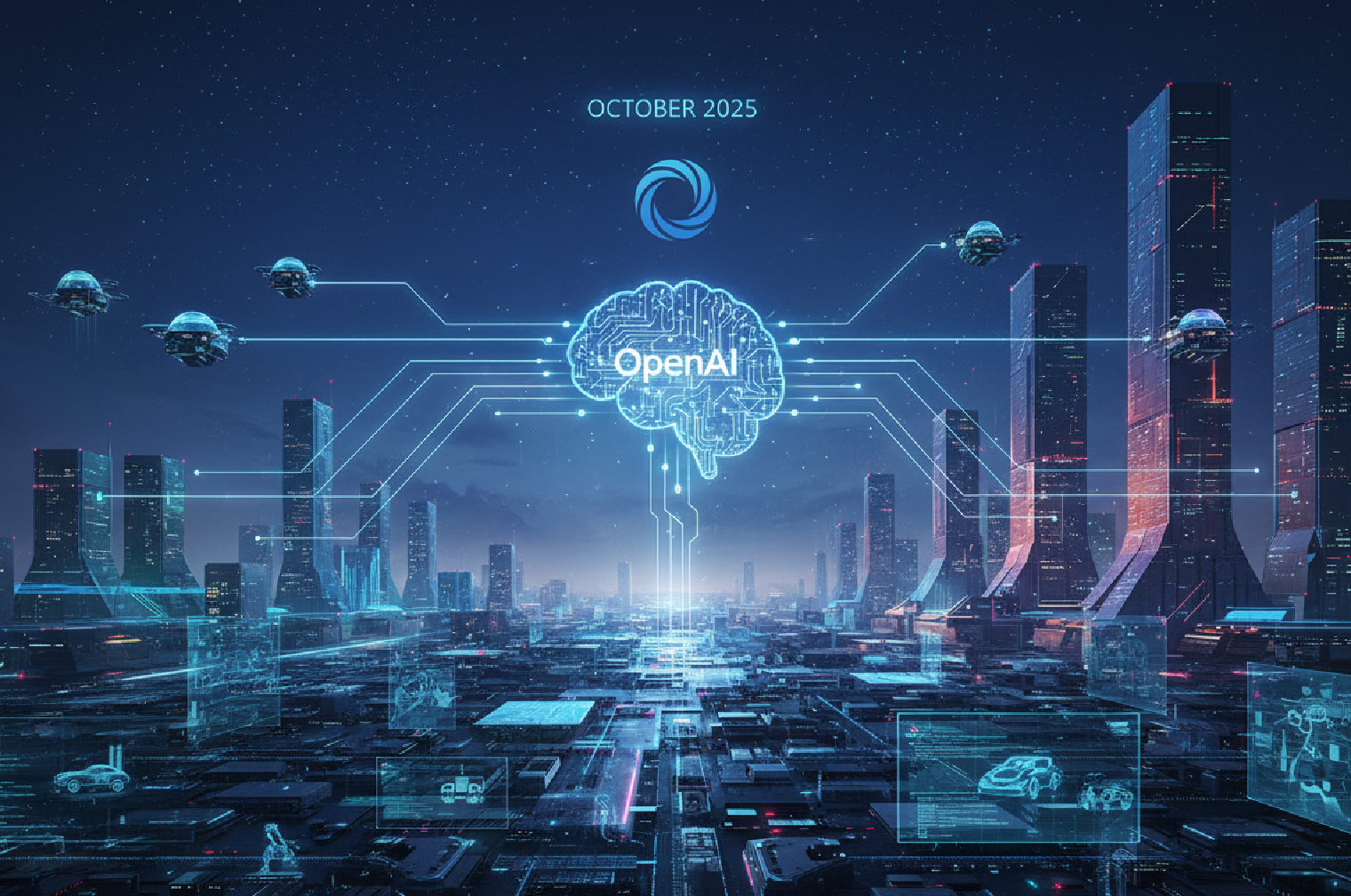Machine Learning and AI for revolution of Tech Companies are changing and streamlining businesses.
Generative AI in banking is moving from pilots to platform-level reinvention, with leaders using AI to compress costs, grow revenue, and elevate risk controls across U.S. banks, insurers, payments, and capital markets in 2025.
The institutions winning now are shifting from “AI experiments” to “AI-first operating models” while formalizing responsible AI under NIST’s GOVERN–MAP–MEASURE–MANAGE framework.
The 2025 inflection for AI in BFSI
U.S. financial firms are scaling AI from back-office automation to front-to-middle value creation; 78% of banks pursued generative AI tactically in 2024, and a growing cohort is systematizing adoption in 2025 to drive performance. Industry investment is surging: financial services spent roughly $35B on AI in 2023 and are projected to reach $97B by 2027, reflecting the shift from cost-centric proofs to enterprise growth use-cases. Market momentum is reinforced by a rapidly expanding AI in the BFSI market—valued near $25.4B in 2024 with strong North American leadership and a high-20s CAGR through the decade.
Strategic mandate for CTOs and CIOs
So, board-level expectations are clear that one has to lead with AI or lag as profitability pressures and client demands widen the performance gap between adopters and followers.
Winning banks are rebuilding operating stacks around hybrid cloud, platform governance, and an “AI factory” construct to accelerate safe development, reduce complexity, and embed AI confidence across product and risk workflows.
Critically, 60% of banking CEOs accept that some risk is necessary to harness automation and competitiveness, placing CTOs at the center of balancing velocity with control.
Read: Benefits of AI in Finance: Transforming Financial Services
Reinvent Financial Services with Generative AI in Banking
Drive innovation and smarter decision-making across financial operations using ViitorCloud’s custom AI solutions tailored for the banking sector.
From automation to growth: the new value line
Early AI wins focused on efficiency; the next wave is targeted revenue expansion as AI personalizes experiences, opens mass-affluent advisory at scale, and unlocks new embedded-finance fee pools.
Accenture projects generative AI can remove “waste” in compliance and testing, while freeing front-line capacity for deeper relationships and sales effectiveness that compound revenue impact. By 2030, generative AI will become pervasive and customer-centric, reversing impersonal digital experiences with context-rich, emotionally resonant service moments.
Actionable use-cases across BFSI
- Banking and wealth: AI copilots for relationship managers surface next-best actions, pre-fill credit memos from unstructured documents, and co-author compliant advice, lifting productivity and sales conversion while reducing manual rework.
- Insurance: GenAI streamlines FNOL intake, automates claims triage from multimodal evidence, and augments underwriting with faster risk summaries and document Q&A aligned to model governance.
- Payments: Real-time anomaly detection enriches fraud decisions with behavioral signals, while AI agents orchestrate dispute resolution and merchant support, cutting handle time and chargeback leakage.
- Capital markets: Research copilots synthesize filings, news, and call transcripts; code assistants modernize legacy risk engines; and AI aids trade surveillance, reducing alert noise and investigative cycles.
Check: Innovative AI Use Cases in Finance Industries
Architectures that scale safely
CTO blueprints now standardize retrieval-augmented generation for grounded responses, pair small language models to task-specific domains, and begin exploring AI agents that can autonomously execute bounded actions under policy.
Accenture highlights an accelerated path to modernize legacy “spaghetti code,” with generative AI assisting reverse engineering and code translation on the way to composable, open architectures.
As platform providers embed AI natively, banks should adopt composable, marketplace-driven solutions that reduce integration friction and technical debt.
Responsible AI by design (NIST AI RMF)
To sustain trust and speed, U.S. BFSI teams are operationalizing the NIST AI Risk Management Framework across the lifecycle—GOVERN, MAP, MEASURE, MANAGE—to align models with characteristics like explainability, robustness, security, and fairness.
The framework’s emphasis on TEVV, risk prioritization, and residual-risk documentation helps teams navigate tradeoffs between accuracy, interpretability, and privacy under real-world conditions. Treating every banker and engineer as an AI risk manager embeds accountability and shortens the path from experimentation to compliant scale.
Check: Finance Cost Optimization with AI Solutions
Transform Your Banking Ecosystem with AI in Banking
Enhance customer experience, reduce risks, and streamline operations with ViitorCloud’s powerful custom AI solutions for financial enterprises.
U.S. market signals and adoption realities
North America leads AI in BFSI due to early adoption, robust technology ecosystems, and regulatory readiness that embraces innovation alongside system integrity.
IBM’s 2025 outlook shows banks exiting broad experimentation to enterprise strategies, including agentic AI, anchored to revenue, operational efficiency, risk renewal, and workforce enablement.
As modernization overruns persist, hybrid cloud patterns and AI-assisted re-architecture are becoming essential to cut complexity and deliver regulatory-grade resilience.
What to build this year: 90-day roadmap
- Establish an AI platform baseline: unify model catalogs, data products, feature stores, observability, and policy-as-code; define “golden paths” for RAG and SLM services with pre-approved guardrails.
- Prioritize three high-yield use-cases: one revenue (personalized offers or affluent advisory), one efficiency (KYC/RAML reviews), and one risk (fraud/AML triage) to prove impact across the P&L and the three lines of defense.
- Industrialize TEVV: adopt standardized performance, drift, robustness, and bias metrics mapped to NIST categories, with human-in-the-loop procedures and red-teaming for customer-facing models.
- Upskill and change management: scale AI enablement for product, risk, and tech teams; align incentives to adoption and safe usage, not just delivery speed.
Measurable outcomes CTOs can commit to
Within two quarters, institutions can target double-digit reductions in claims cycle times, dispute resolution, and frontline handle times—while showing early revenue lifts from next-best-action engines in retail and wealth.
Capital markets teams can compress research and model maintenance cycles with AI copilots, redirecting analyst capacity to differentiated insights. In parallel, consistent model cards, lineage, and audit artifacts reduce supervisory friction and accelerate approvals for scaled deployment.
Read: AI in Finance – Transforming Banking with AI Solutions
Navigating risks: misinformation, fraud, and deepfakes
Financial institutions face rising threats from synthetic media and coordinated misinformation that can induce fraud or market manipulation; deepfake tool trading spiked sharply in early 2024, and incidents now include multimillion-dollar social engineering via realistic video calls.
Countermeasures span watermarking, content provenance, and AI-native detection that inspects artifacts without needing originals—combined with adaptive controls across identity, payments, and communications. Embedding these safeguards into customer-facing AI agents is essential as adoption expands beyond internal co-pilots.
Lead the Future with Generative AI in Banking
Empower your financial systems with next-gen intelligence through ViitorCloud’s custom AI solutions designed for growth and innovation.
Partner with ViitorCloud for velocity and safety
ViitorCloud partners with U.S. BFSI leaders to design AI platforms, engineer RAG and SLM patterns, modernize legacy estates, and operationalize NIST-aligned governance that accelerates compliant scale.
Explore our generative AI solutions, AI/ML engineering, data engineering, cloud, and DevOps capabilities, and BFSI-focused insights to translate strategy into measurable outcomes fast.
Whether the imperative is revenue growth, cost transformation, or risk renewal, ViitorCloud helps teams move from pilots to production with resilient, auditable AI foundations. Contact our team at [email protected].









